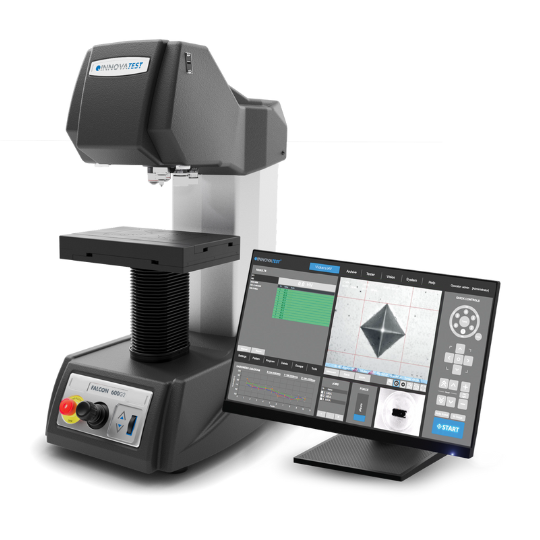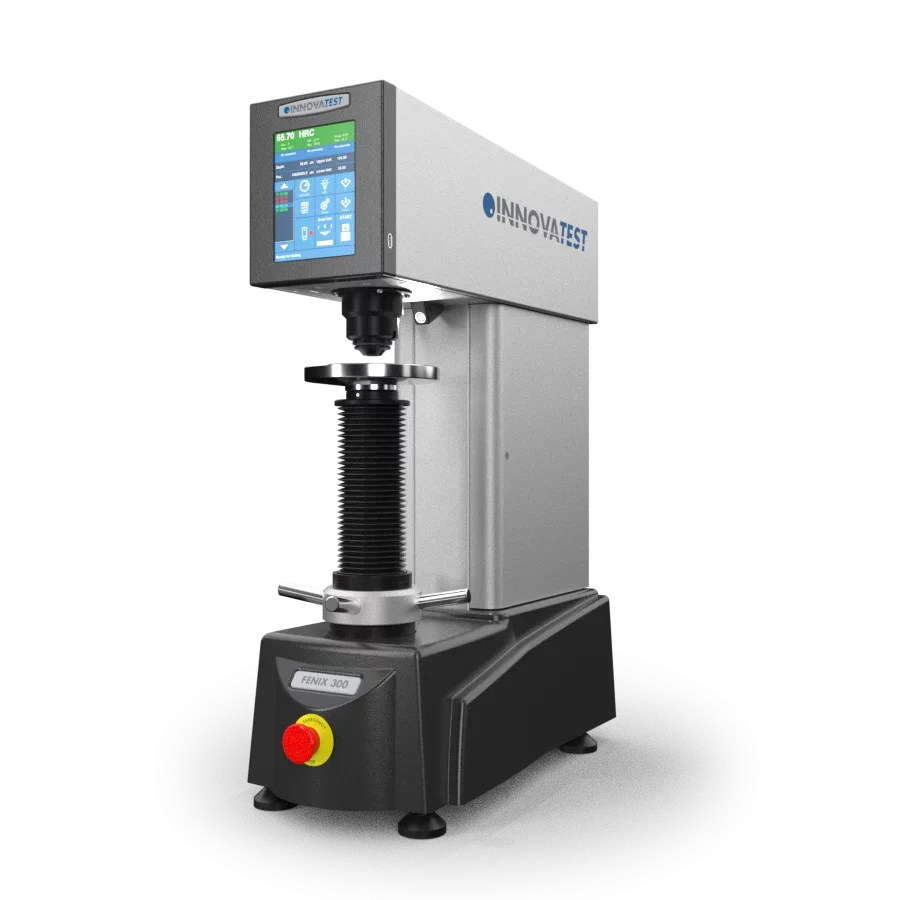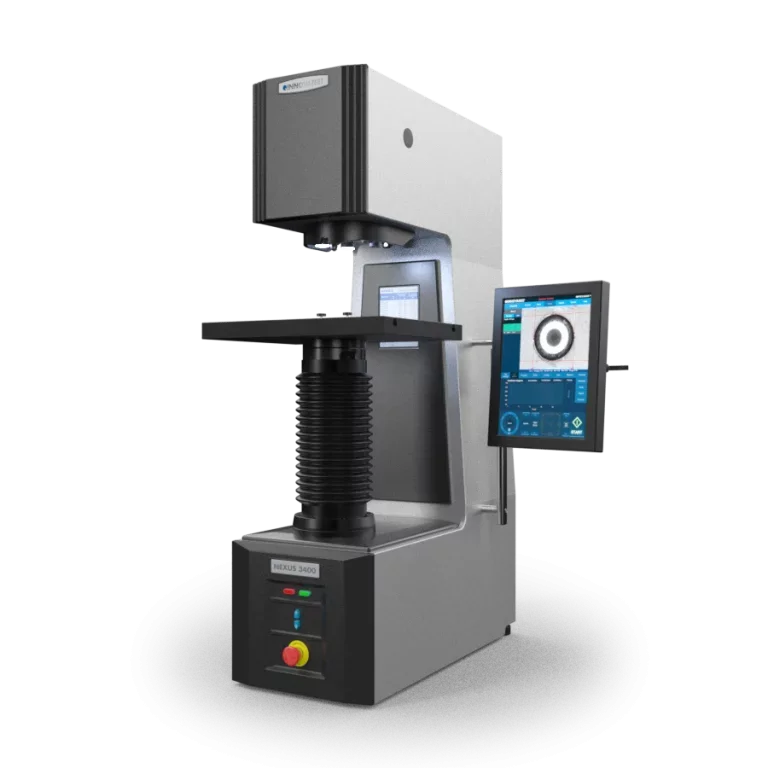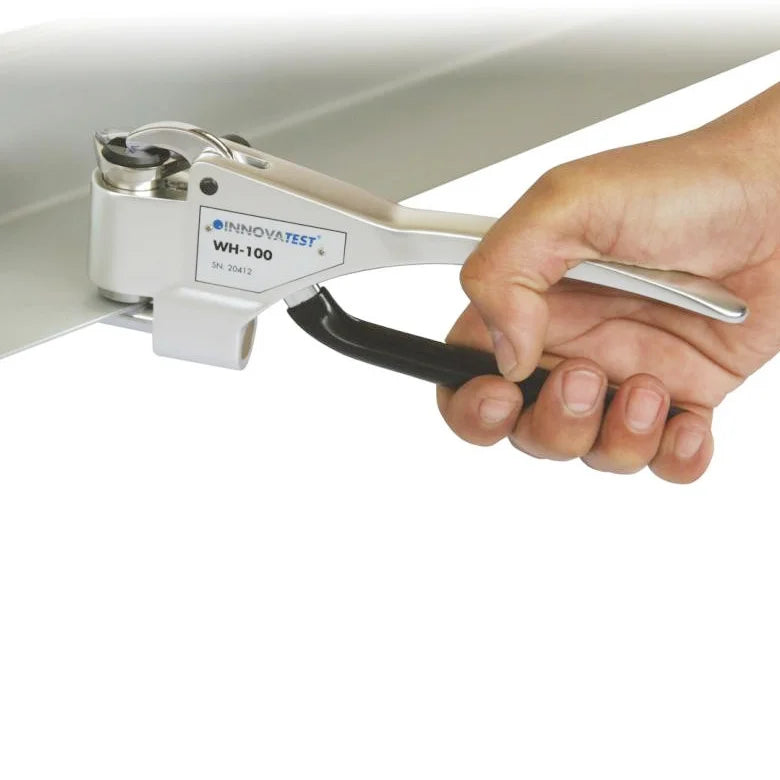Introduction
Hardness testers play a critical role in material quality assessment, ensuring that materials meet required mechanical standards. However, over 80% of hardness testing errors are attributed to indenter damage or wear.
The indenter is a crucial component, responsible for creating the indentation used to measure hardness. Any damage to this component leads to inaccurate readings, compromising the reliability of test results.
This guide explores common indenter issues, their causes, and how to troubleshoot them effectively.
Understanding Indenter Damage and Wear
Indenters are made from hard, wear-resistant materials such as diamond or tungsten carbide. Despite their durability, indenters are prone to damage due to improper handling, unsuitable testing conditions, and extended usage.
Key Causes of Indenter Issues:
-
Sample movement during testing
-
Incorrect sample preparation
-
Exceeding material hardness limits
-
Improper indenter selection
-
Normal wear and tear over time
To ensure accurate hardness testing, it is essential to recognize the specific issues associated with different types of indenters.
Common Indenter Issues and Troubleshooting
1. Rockwell Diamond Indenter Issues
Problem: Indenter is brittle and prone to chipping or breaking
Rockwell hardness testers use diamond indenters, which are extremely hard but brittle. Any movement of the sample during testing can cause the indenter to chip or break, leading to inaccurate test results.
Troubleshooting:
-
Check for Damage Using Glass: Place the indenter on a piece of glass and perform a test. If the indentation appears irregular or inconsistent, the indenter may be damaged.
-
Ensure the Sample is Secure: The sample must be firmly clamped or placed on a stable surface to eliminate movement.
-
Avoid Sudden or Excessive Force: Gradual application of the load prevents unnecessary stress on the indenter.
2. Vickers Diamond Indenter Issues
Problem: Indenter wears over time and is affected by improper sample support
Vickers hardness testers also use diamond indenters, but these can degrade over time with repeated use. If the sample is not flat or adequately supported, the indentation may be uneven, resulting in incorrect readings.
Troubleshooting:
-
Regularly Inspect for Wear: Over time, the indenter may lose its sharpness, affecting the precision of the indentation.
-
Ensure Proper Sample Preparation: The sample surface should be flat, clean, and properly supported to prevent distortions.
-
Calibrate Regularly: Periodic calibration of the hardness tester can help identify indenter degradation before it affects test accuracy.
3. Rockwell and Brinell Ball Indenter Issues
Problem: Ball indenters develop a flat spot when used on hard materials
Both Rockwell and Brinell hardness testers use ball indenters made from tungsten carbide or steel. When testing hard materials, these indenters may develop a flat spot, leading to unreliable hardness measurements.
Troubleshooting:
-
Define Hardness Limits: Avoid using ball indenters on materials that exceed their hardness capacity.
-
Check for Flat Spots: Periodically inspect ball indenters under a microscope to ensure their spherical shape remains intact.
-
Replace Worn Indenters: If flattening is detected, replace the ball indenter promptly to maintain test accuracy.
Preventative Maintenance Tips
To minimize indenter-related errors, follow these best practices:
1. Proper Sample Preparation
-
Ensure the sample is flat, clean, and free from contaminants.
-
Support the sample correctly to avoid tilting or movement during testing.
2. Regular Indenter Inspection
-
Perform routine visual inspections to check for chipping, wear, or flattening.
-
Use a reference material to validate indenter performance.
3. Adhere to Proper Testing Procedures
-
Use the correct indenter type for the material being tested.
-
Ensure the testing load and force application follow manufacturer guidelines.
-
Avoid retesting on the same indentation, as it can alter results.
4. Scheduled Calibration and Replacement
-
Periodic calibration of hardness testers using certified reference test blocks helps detect indenter degradation early.
-
Replace indenters as per manufacturer recommendations to maintain precision.
Conclusion
Indenter damage is a leading cause of hardness testing errors, affecting measurement accuracy and reliability. By understanding the specific vulnerabilities of Rockwell, Vickers, and Brinell indenters, users can troubleshoot issues effectively and implement preventative measures to prolong indenter lifespan. Proper sample handling, regular inspections, and timely replacements will ensure consistent and reliable hardness test results.
Following these guidelines can help mitigate common indenter issues and improve the overall efficiency and accuracy of hardness testing procedures.
If you need help with your existing hardness tester or are looking for a replacement, please contact sales@innovatest-uk.com





